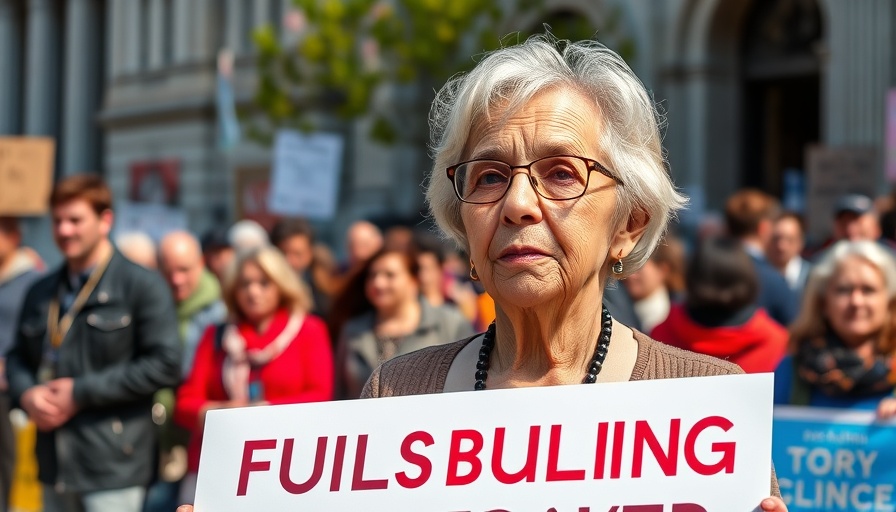
A Controversial Decision: The Tear Down of a Cultural Landmark
The ongoing dismantling of the Institute of Texan Cultures has sparked heated debates across San Antonio. As visible progress continues, the San Antonio Conservation Society is making distress signals, pleading for a stay on the demolition. This institution has long served as a beacon of history, representing the rich tapestry of cultural diversity that defines Texas, and its impending demise raises critical questions about preservation and community identity.
Preservation vs. Progress: Community Response
The tear-down of the Institute is not merely a physical removal of a building—it is the erasure of a narrative that many believe deserves to be chronicled. Members of the community, including local historians and cultural advocates, argue that tearing down the structure sends a message that history can be discarded, an idea that stands in stark contrast to the mission of preserving cultural memory.
Why the Institute of Texan Cultures Matters
Established in 1968, the Institute of Texan Cultures has played a significant role in educating visitors about the unique heritage and contributions of various communities in Texas. Exhibits featuring Texan history, interactive displays, and cultural events have cemented its place in the hearts of locals. Critics of the demolition contend that alternative plans for the site should prioritize the legacy of Texas’s diverse population rather than erasing it in favor of new constructions.
Future Predictions and Opportunities for Cultural Preservation
As the debate rages, one cannot help but consider what comes next. Can this situation serve as a catalyst for more robust legislative measures to protect historically significant sites in Texas? There might be a chance for the city to elevate cultural preservation to the forefront of urban planning, ensuring that communities have a say in what histories are memorialized.
Diverse Perspectives: The Case for Demolition
Proponents of the demolition argue that the site requires major renovations—a hefty financial drain for the public. They believe modernizing the space could yield new opportunities for economic development in the area, potentially transforming the narrative into a vibrant hub that attracts tourism and revitalizes local businesses. However, these arguments raise the critical question of whether progress should come at the cost of diminishing historical significance.
Conclusion: A Call for Community Engagement
As the city of San Antonio navigates the murky waters of historical conservation versus modernization, one thing is clear: community involvement is vital. Whether it’s through attending city council meetings or joining advocacy groups, residents have the power to influence decision-making processes. The fate of the Institute of Texan Cultures serves as a critical case study, urging Texas to take actionable steps in safeguarding its rich history.
 Add Row
Add Row  Add
Add 




Write A Comment